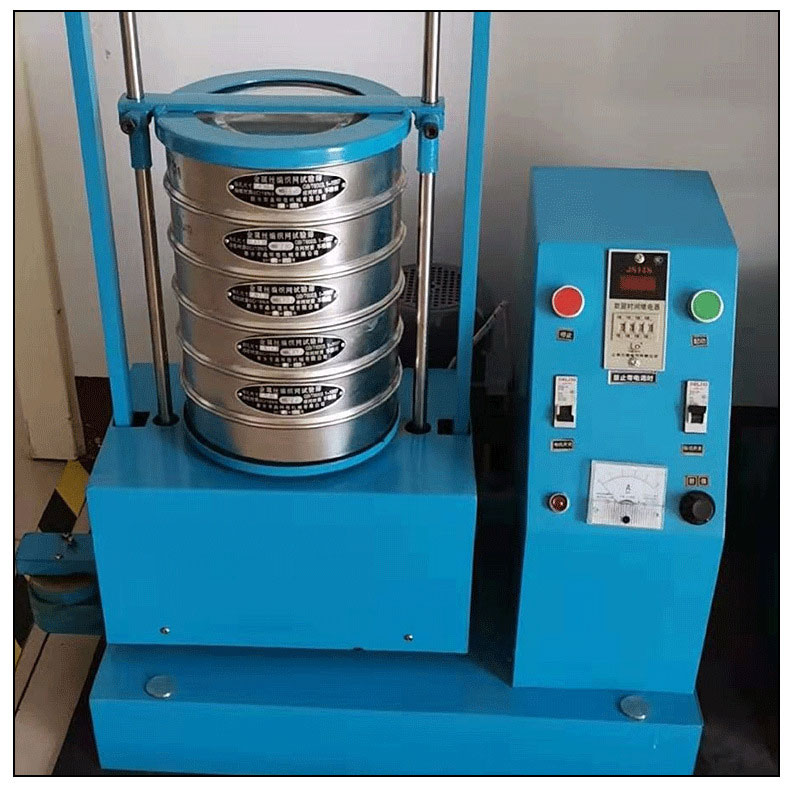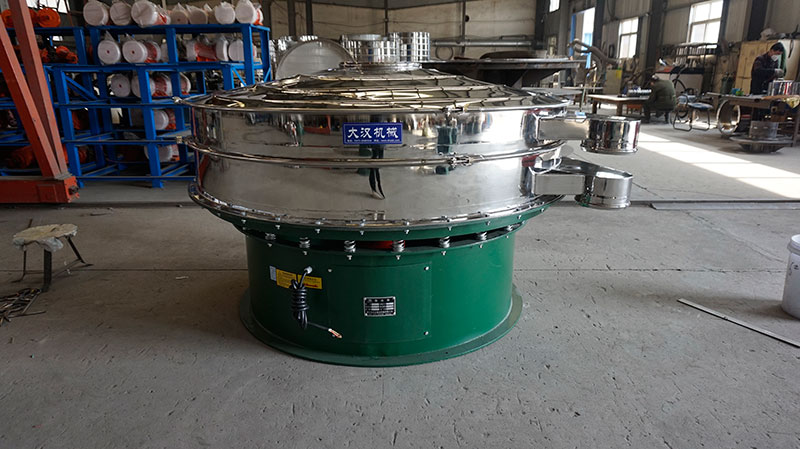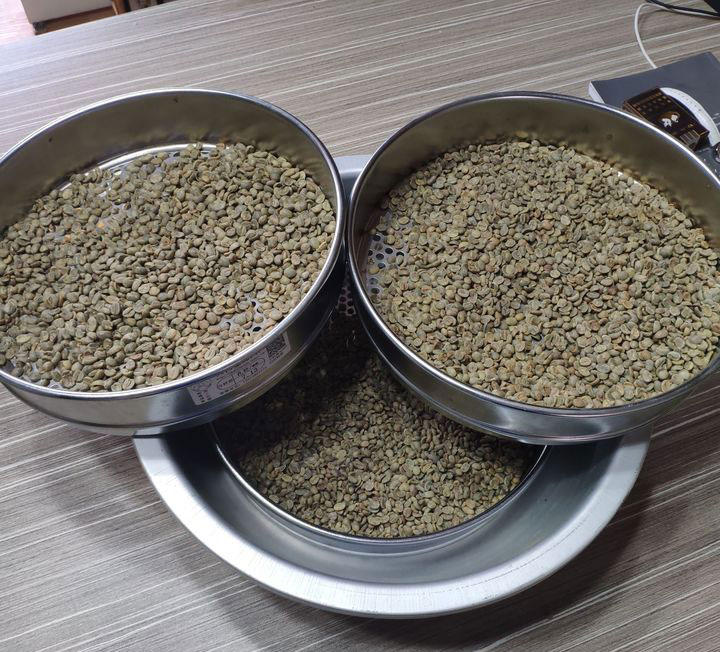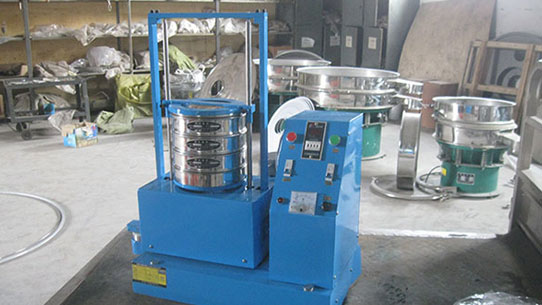The difference between mechanical and electromagnetic sieve
Tuesday February-11 2025 17:49:18
The mechanical Sieve Shaker is what we often call the standard/conventional laboratory sieve, and the electromagnetic sieve is an upgraded form of the mechanical test sieve, so there are similarities and differences between the two.

What is a mechanical sieve shaker?
Application: It is used for particle size analysis and detection of powder/granule/suspension samples. Usually, the particle size of the processed samples should be coarser than 400 mesh, otherwise it is difficult to achieve good analysis results (for example, the fine powder cannot be separated accurately or cannot be separated).
The number of materials that can be processed: 0.038mm-3mm
Mechanical Sieve Shaker vibration frequency: 1500 times/min
Adaptable test sieve: 75/100/200/300/400mm

What is a Electromagnetic sieve?
Application: Powder/liquid sieving, can be sieved to 20um (635 mesh), negative pressure equipment can dry sieve 5um samples, can be called special equipment for ultra-fine powder samples, and due to high vibration frequency, fine samples are difficult to stick Attaches to a sieve to solve the problem of sieving ultra-fine powder samples.
Mesh size of materials that can be processed: as fine as 5μm
Electromagnetic sieve vibration frequency: 3000 times/min
Adaptable test sieve: 75mm/100mm/200mm
What is the difference between mechanical and electromagnetic sieve?

| Comparison items | Mechanical screen | Electromagnetic screen |
| Picture |
|
|
| Model range | Wide range of models, suitable for a variety of screening needs, common in coarse screening and medium precision screening | Relatively few models, mainly used for high-precision screening, suitable for screening of fine particles |
| Noise | High noise, especially for large mechanical screens, vibration and mechanical friction during operation produce obvious noise | Low noise, electromagnetic drive reduces mechanical vibration and friction, and runs quieter. |
| Footprint | Large footprint, complex structure, requires more space for installation and operation | Small footprint, compact structure, suitable for places with limited space. |
| Ease of use | Relatively complex operation, requires certain technical knowledge for adjustment and maintenance | Simple operation, high degree of automation, usually equipped with digital control panel, easy to set up and adjust. |
| Possibility of error | Due to the complex mechanical structure, it is easy to have mechanical failure or screen blockage problems | Low probability of error, electromagnetic drive reduces mechanical failure, but may be affected by electromagnetic interference. |
| Maintenance | High maintenance frequency, regular lubrication and replacement of wearing parts (such as bearings, screens, etc.) | Less maintenance, mainly focusing on the cleaning of electromagnetic components and screens, low maintenance cost |




